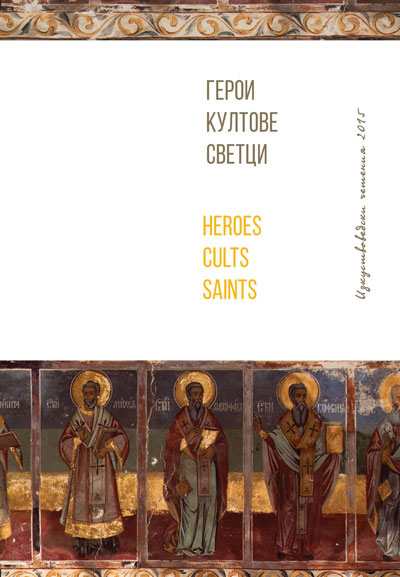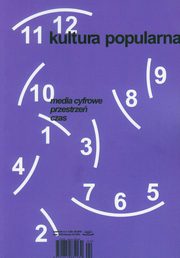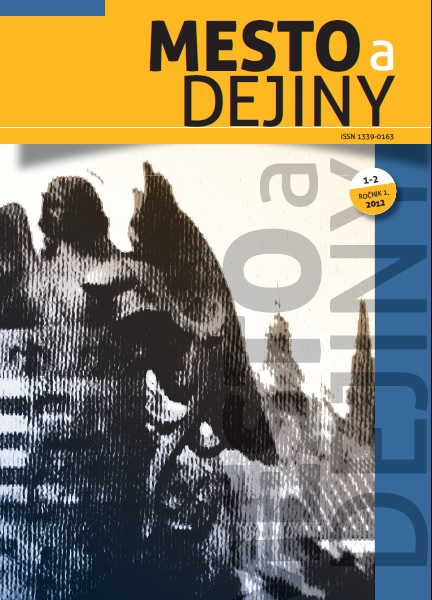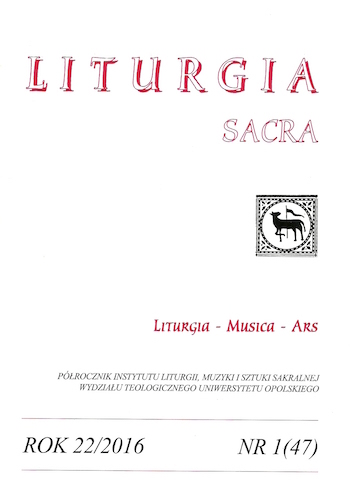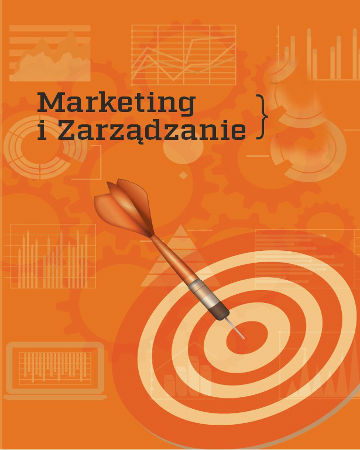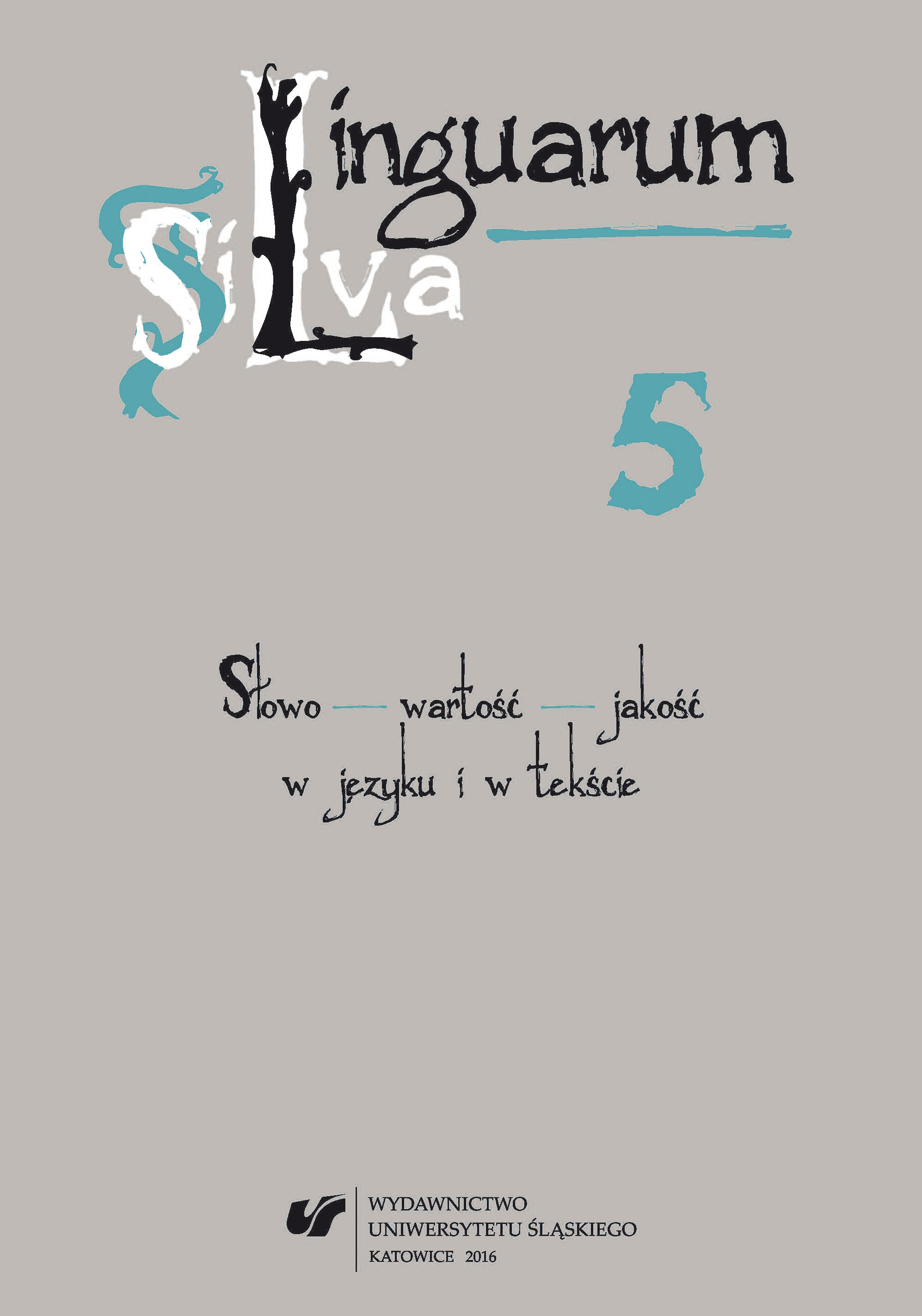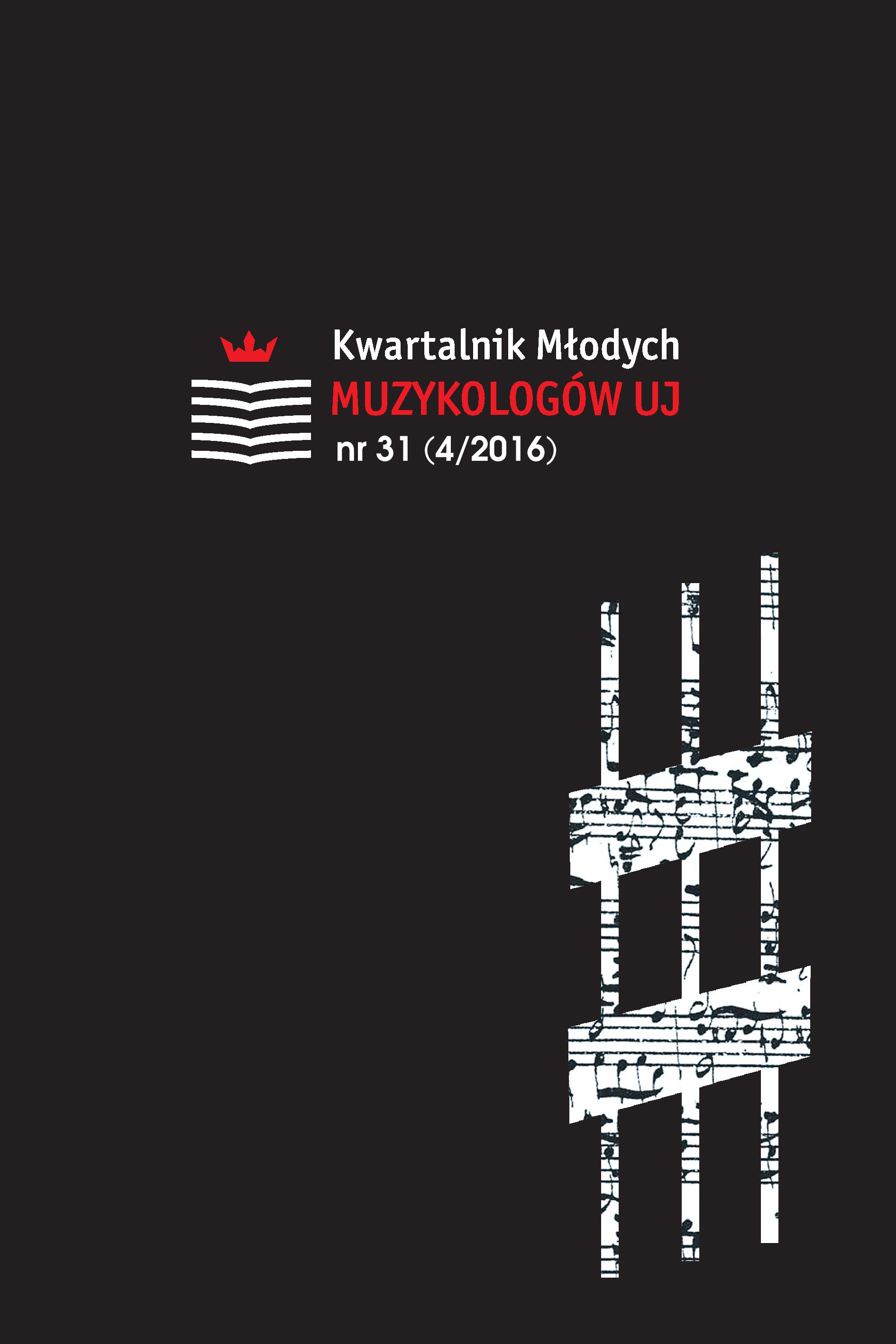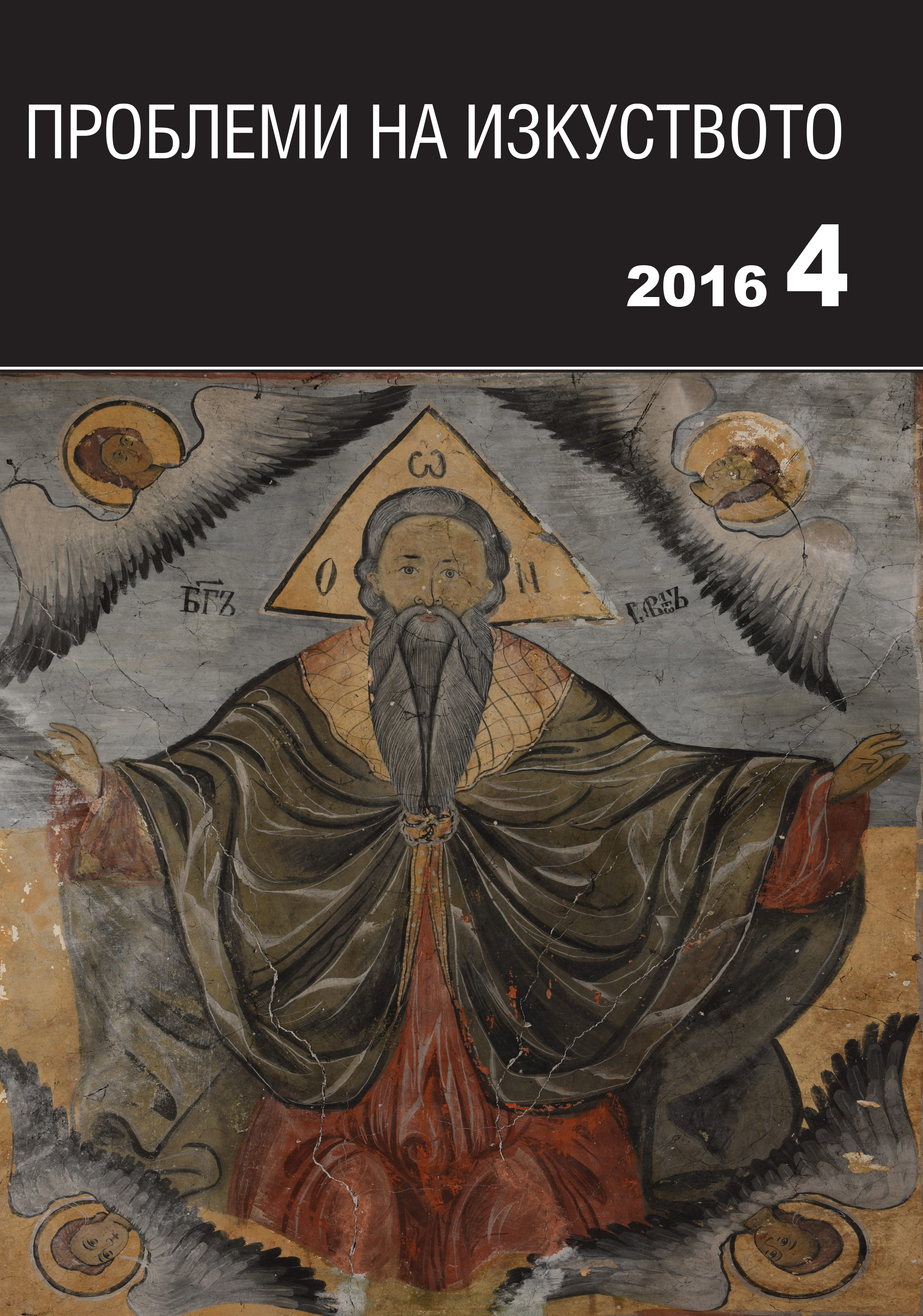Author(s): Ivanka Gergova / Language(s): English,Bulgarian
Issue: 1/2015
St Georgе the New Martyr of Sofia/Kratovo was one of the first Balkan new martyrs after the Ottoman conquest whose cult was strongly developed and achieved wide dissemination. George was born in Kratovo in 1496–1497. When he was orphaned, left Kratovo and he went to Sofia. The local Muslims tried to draw the young man towards their faith, but he maintained his Christian beliefs. For this reason he was taken to court, condemned to death and burnt at the stake. The clergy and Christians buried them in the cathedral church of St Marina on the 11th February, 1515. From the very outset favourable conditions existed for the creation of a cult to the young mar- tyr. Priest Peio wrote an extensive life, service and prologue about the new martyr. The brief life of St Georgе the New Martyr tells how the relics of the saint were removed from the grave, later they were gradually scattered. There are references to a whole series of caskets containing relics of St George the New Martyr: in the Kremikovski Monastery, in the church of St George in Sofia; in Rila Monastery has five caskets containing parts of the bones of the saint; in the Hilandar Monastery. References to the relics of the Sofia martyr have also been found in the Serbian mon- asteries of Dechani, Studenitsa and Velika Remeta. Initially the cult of St George the New Martyr was local but not limited to Sofia. The service to the saint refers to believers from the surrounding area, who made pilgrim- ages to worship his relics. The earliest image of St George the New Martyr close to the centre of the cult can be found in the narthex of the church at the Bilinsky Monastery, which in my opinion dates from the 16th century. Soon after the establishment of the cult of the newly martyred saint in Sofia, the cult spread to the Hilandar Monastery on Holy Mount Athos. All the main elements required for a cult can be observed here – the presence of relics, texts and images. At the same time St George the New Martyr also became celebrated in his home village of Kratovo. In 1536–1537, Prince Dimitar Pepic of Kra- tovo became a patron of the Toplicki Monastery, in Demir Hisar region, and he paid for the murals in which St George the New Martyr is depicted. In the 17th century, images of the newly martyred saint continued to appear in the Demir Hisar and Kichevo region. The image of St George the New Martyr in the diocese of the Serbi- an Patriarchate of Pech became unusually popular after its restoration in 1557. Over the next decades and into the 17th century, dozens of churches over a large territory brought the image of the newly martyred saint of Sofia to the lay people and clergy. It can be stated with certainty that during the first century after the death of the saint, the majority of his images were created within the territory of the Serbian church. It is usually emphasised that the image of the newly martyred saint is an example to believers and protects them from abandoning the Christian faith. However, this is probably only a part of the truth. Of the large number of newly martyred saints, only this one can be found in Serbian churches and the reason for his choice must be connected with his Serbian nationality. The adherence to the cult of Serbian saints of all categories was an important element of the policy of the Patriarchate of Pech during the Ottoman Empire. The period between the 18th and 19th centuries marked a new stage in the devel-opment of the cult and its territorial spread. During these two centuries the cult underwent a real renaissance in the Bulgarian lands. In Sofia, where the cult had been maintained without interruption during the 19th and the 20th centuries, other traditional folk forms of reverence had developed. The guild of goldsmiths in Sofia, like those in Kratovo, Skopje and Pirot, accepted the newly martyred saint as their patron. From the second half of the 18th century to the end of the 19th century, a large num- ber of murals and icons of St George the New Martyr appeared in Sofia, frequently accompanied of St Nickola the New Martyr of Sofia. However, during this period in the Bulgarian lands the reputation of the martyr of Sofia went beyond the local boundaries of fame and reverence. He was included in the pantheon of those nation- al saints who played an important role in the leading processes of Bulgarian society– for national self-awareness and the struggle for the independence of the Bulgarian church. For a long time in the saint’s birthplace of Kratovo and the region, there was no mention of his worship. This was renewed or activated during the second half of the 19th century.
More...
